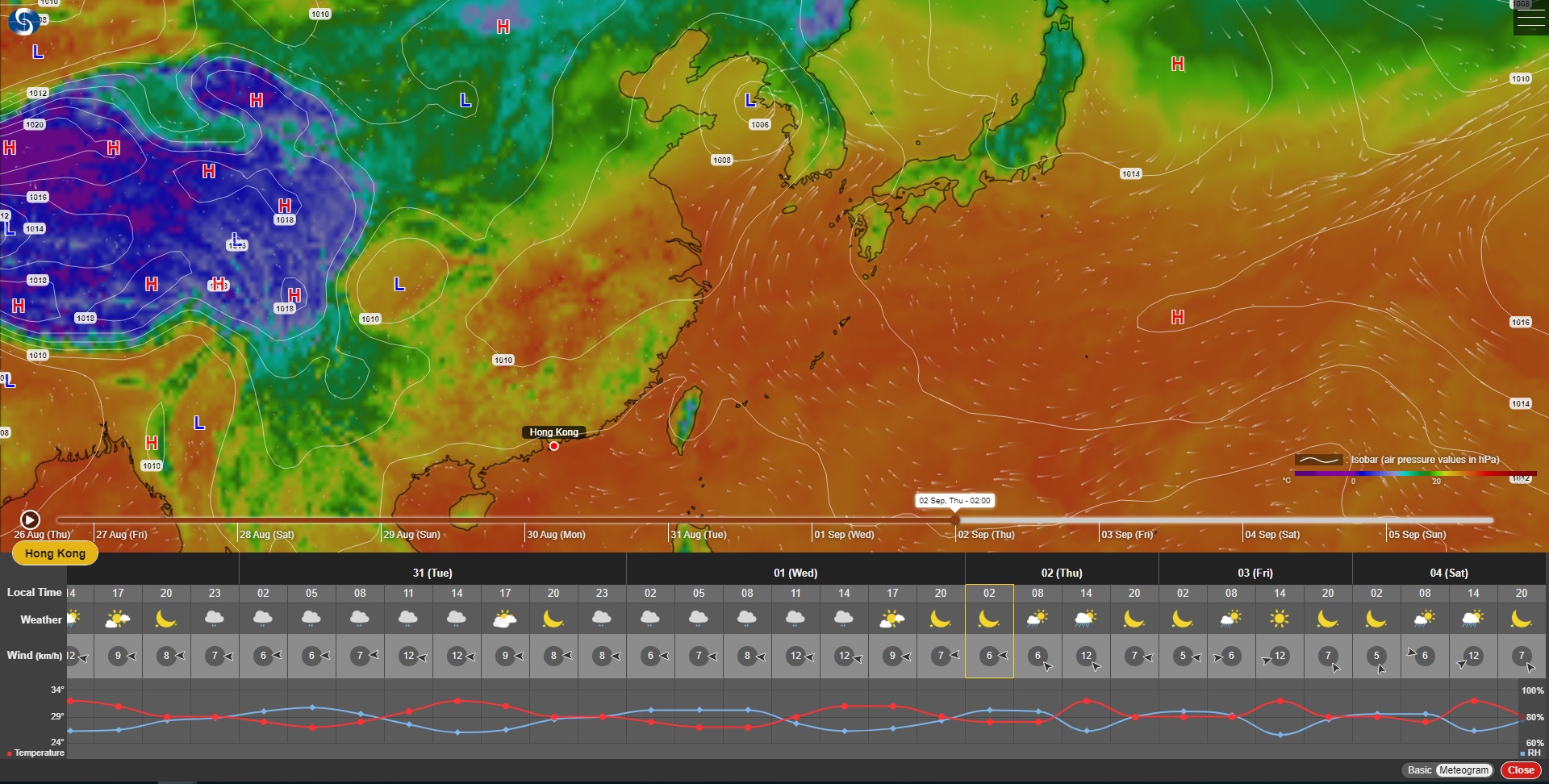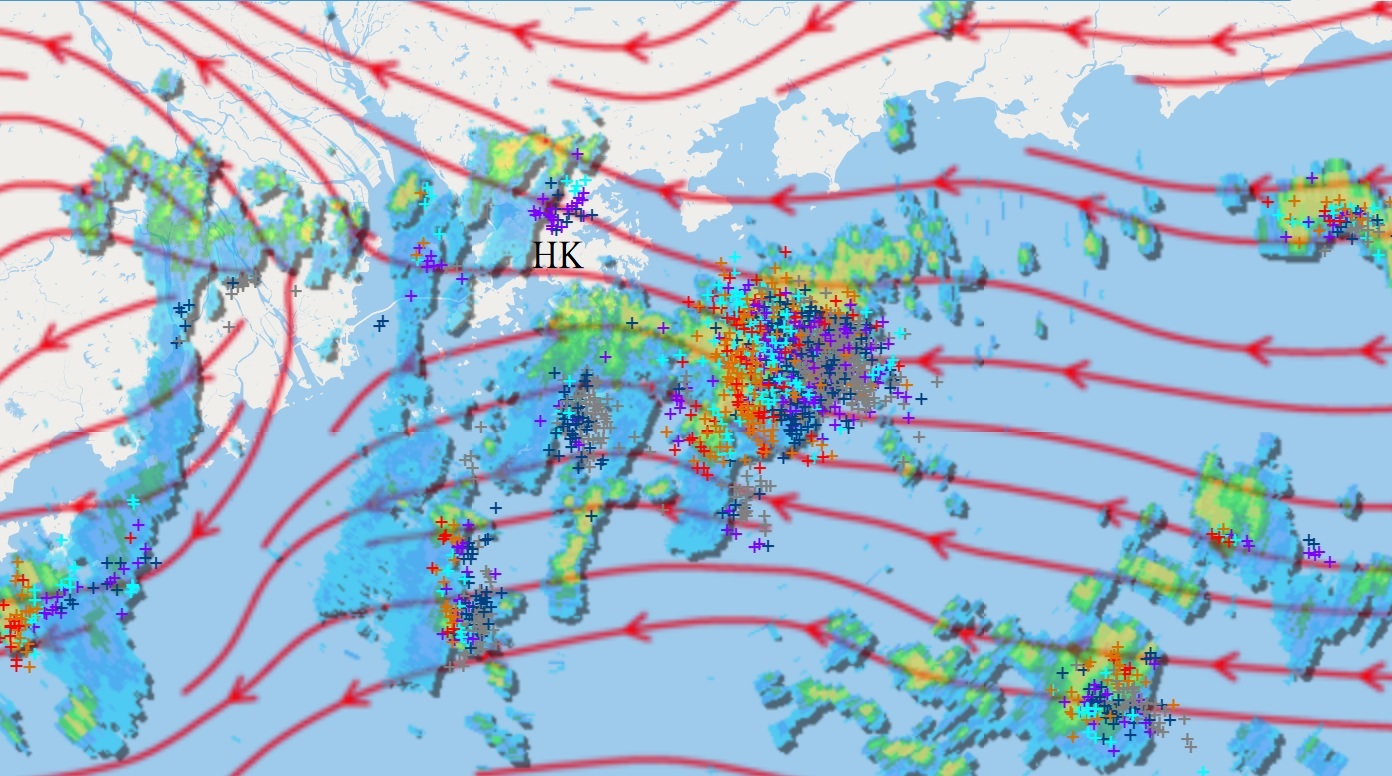Exploring Potential Applications of Cloud Technology in Weather Services
Exploring Potential Applications of Cloud Technology in Weather Services
YIP Kai-hou
October 2021
The Hong Kong Observatory (HKO) exchanges weather data with meteorological authorities over the world through the Global Telecommunications System (GTS) of the World Meteorological Organization. In 1969, HKO worked with Japan Meteorological Agency to establish the Hong Kong-Tokyo dedicated regional telecommunication circuit for real-time exchange of weather data. In subsequent years, HKO collaborated with more meteorological authorities, including the China Meteorological Administration (CMA), the Thai Meteorological Department and the Macao Meteorological and Geophysical Bureau to exchange meteorological data. This further developed the connections between HKO and other meteorological authorities to support the growing needs of international meteorological data exchange. In the 1990s, HKO took advantage of the advance in information technology and started to exchange meteorological data via the internet. With the development of internet technologies, the transmission of meteorological data becomes faster and more convenient, the network capacity is also upgraded incrementally. All these bring remarkable benefits to the transmission of a large volume of data, such as numerical weather prediction products and data as well as the data from meteorological satellites and weather radars.
In the era of big data, HKO receives more and more meteorological and non-meteorological data from different sources with the types and volume of data surged significantly in recent years. At present, more than 20TB of meteorological data are processed by HKO every day using numerous computer systems to generate different types of reports, charts, and weather maps for forecasters’ reference (Figure 1 and 2). In response to the rapid growth of meteorological big data, limitations on the bandwidth of telecommunication leased lines, stability of internet, scalability and availability of computer systems, and etc., we are looking for a more effective way to process the vast amount of meteorological data.
With cloud computing services and technology becoming more developed in recent years, HKO actively explores the potential applications of cloud technology in our operations. One of the areas is to explore the feasibility of applying cloud technology in data exchange. In late 2020, HKO and CMA jointly set up virtual machines on the cloud platform in Hong Kong and Beijing respectively, and connected with each other via high performance internal network to test data exchange between the two places. After testing, the results revealed that cloud technology can effectively support data exchange between Hong Kong and Beijing. Apart from efficiency, the high scalability and availability of cloud platforms fulfill the fundamental requirements of operational systems. Furthermore, one of the development directions that HKO is working on is to process and produce weather data and products directly on cloud which could be transferred back to HKO upon completion.

Figure 1. Computer model forecast products displayed on the HKO’s Earth Weather website

Figure 2. Surface streamline analysis (red arrows), radar echoes (overlaid colour shading) and lightning data ("+" colour symbols) in the morning on 27 August 2021